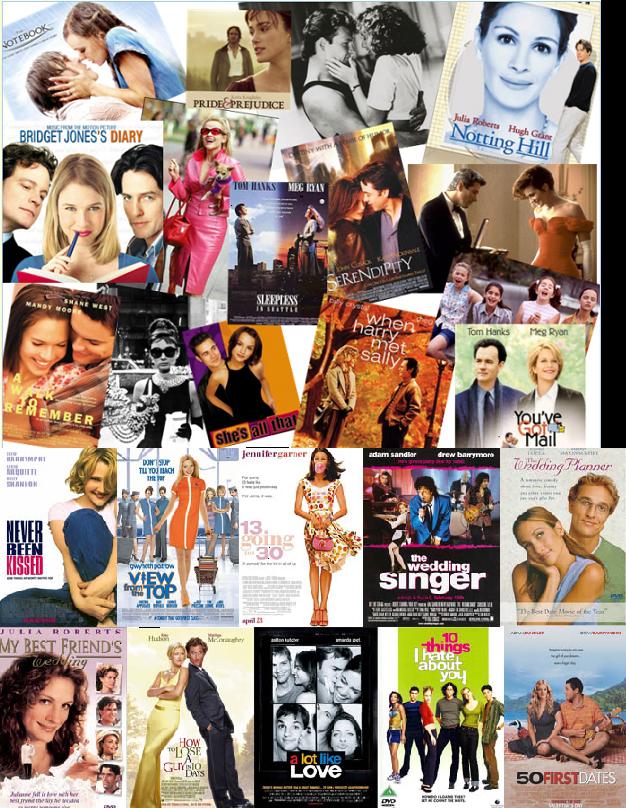This afternoon I sat down with my two
younger brothers to watch a documentary film called Food, Inc. I first learned about this film in my Journalism class and, although many of my
classmates had already heard of or seen the move, the title was
completely new to me. At first I was hesitant to watch this film
because I'm a squeamish and impressionable person, especially when it
comes to animals. The picture of a cow with a bar code stamped onto
its side on the cover of the film did not do much to sway my interest
either. In the end, I decided to give the film a chance, because I
wanted to know the truth, even if it came at a cost. What I found in
this film was astonishing. Both myself and my brothers sat attentively
with our jaws literally hanging open at times as we became
enlightened as to where our food came from. As I was watching the
film, I couldn't help but think to myself how amazing it would be if
every single person in the world were required to watch this movie.
Although there would be immense skepticism, it would be impossible to
watch this film and not feel inspired to make a big change in your
community. Entertainment Weekly did an excellent job at
summarizing Food, Inc. stating that, “More than a terrific
movie—it's an important movie.”
The movie Food, Inc.
takes it's audience on a disturbing but incredible journey as it
seeks to “lift the veil” that massive food industries have placed
between consumers and their “kitchens” or production plants. This
documentary is both expository and interactive as the the filmmakers,
Robert Kenner and Elise Pearlstein, are trying to inform the audience
on an issue while still making themselves present in the on-screen
action. Food, Inc. explores the issue of food and worker
exploitation by dividing the topics up into subcategories. The film
first gives a short introduction on supermarkets and labels before
moving into its first topic: chicken. The storyline then transitions
into corn, then soybeans, spinach, cattle, pork, etc. Throughout each
of these subsections, the filmmakers give the audience a deeper look
into the issue by shooting on location at farms controlled by major
food corporations like Tyson,
Smithsfield, Perdue,
and Montansto. Each subsection also includes interviews with
farmers and workers, captions, footage from hidden cameras, close-up
shots of the animal and worker abuse that goes on in factories, and
snippets of background on how the food industry has changed over time
as demand has rapidly increased. Suspenseful music and different
cartoons are also added in to set the mood and explain different
concepts to the audience through animated visuals. The lighting and
characters, however, are all kept authentic. Only natural light seems
to be used in the film. All of the characters are presented as is,
without any makeup or costumes. The conversations appear natural and
unrehearsed as well. Using all of these different little details, the
filmmakers are able to slowly reveal the horrors behind the extreme
industrialization of modern day food production. But not all the film
is set in such a morbid tone. The filmmakers chose to spend the last
15 minutes or so of the documentary reviewing what the average person
can do to help stop this serious issue and made sure to end on a
positive note.
I would highly recommend this film to
anyone and everyone, especially the younger generation. Because
sometimes the truth, although not easier, is necessary if we wish to
flourish as a planet and achieve universal harmony.
The movie Food, Inc. is rated
PG for some thematic material and disturbing images. It has an
approximate running time of 91 minutes
If you are interested in learning more about this movie, the film's official trailer and website are both posted below:
Website: http://www.takepart.com/foodinc
Trailer:



